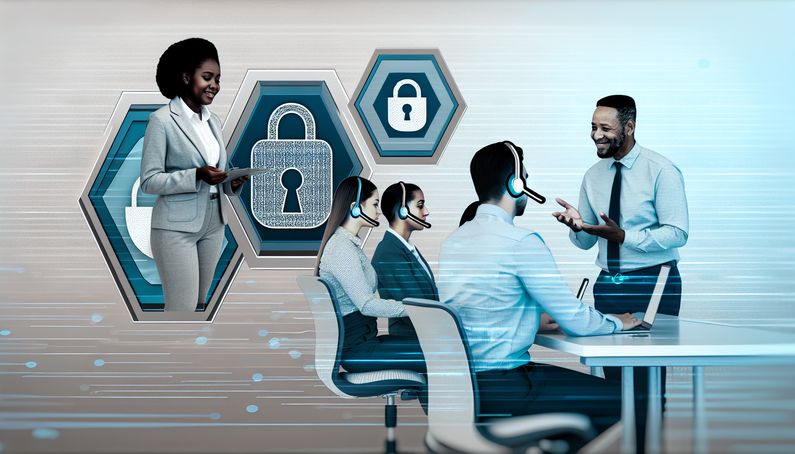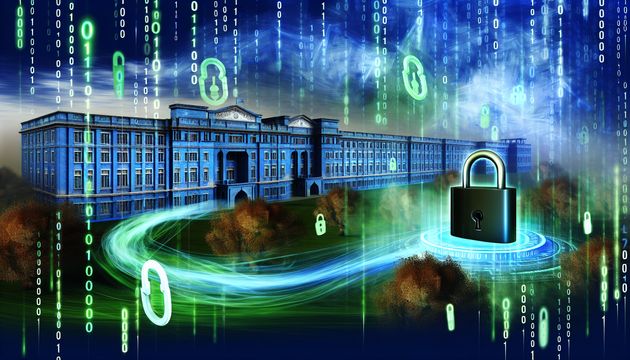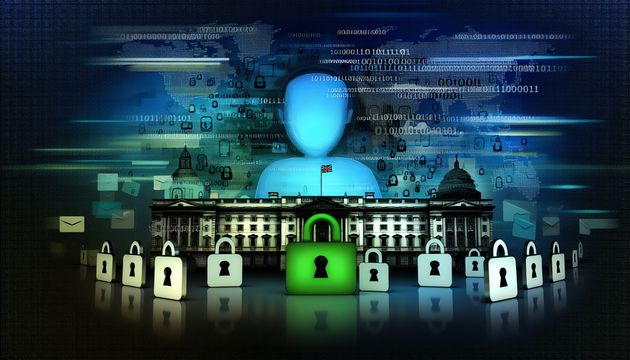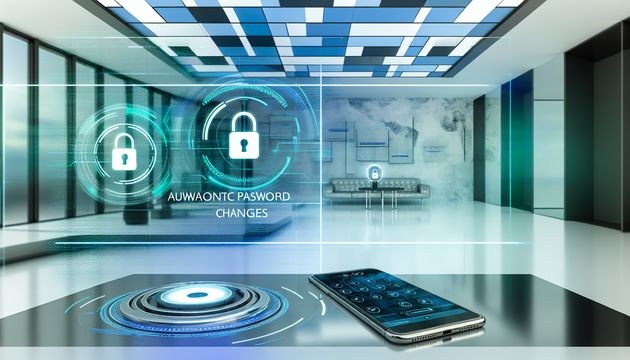
Strategies for Securing Service Desks Against Social Engineering Attacks
Service desks are often the frontline of an organization’s interaction with its users, making them prime targets for social engineering attacks. These attacks exploit human psychology rather than technical vulnerabilities, aiming to manipulate service desk personnel into divulging sensitive information or granting unauthorized access. To combat this, organizations must adopt a multi-faceted approach. Think of multi-factor authentication (MFA) as a double-lock system on a door; it requires multiple forms of verification, thereby adding an essential layer of security. According to Specops Software, integrating MFA can significantly reduce the risk of unauthorized access. Additionally, regular training and phishing simulations are vital for keeping service desk staff informed about the latest tactics used by attackers, as highlighted by Bleeping Computer.
Strategies for Securing Service Desks Against Social Engineering Attacks
Implementing Multi-Factor Authentication
Multi-factor authentication (MFA) is a critical strategy for enhancing the security of service desks. By requiring multiple forms of verification, such as a password and a one-time code sent to a mobile device, MFA adds an essential layer of security that can thwart unauthorized access attempts. According to Specops Software, integrating multi-factor verification into service desk operations can significantly reduce the risk of social engineering attacks. This approach ensures that even if attackers obtain login credentials through social engineering, they cannot easily gain access without the additional verification step.
Regular Training and Phishing Simulations
Continuous education and training for service desk staff are vital in maintaining a robust defense against social engineering attacks. Regular training sessions can keep staff informed about the latest tactics used by attackers, such as phishing and pretexting. Phishing simulations, in particular, can be an effective tool for testing and improving the ability of service desk personnel to recognize and respond to suspicious activities. As highlighted by Bleeping Computer, these simulations can help identify procedural drifts and reinforce the importance of adhering to security protocols.
Enforcing Least Privilege Access
The principle of least privilege involves restricting access rights for users to the bare minimum necessary to perform their job functions. By implementing this principle, organizations can limit the potential damage that could result from a compromised service desk account. For instance, service desk agents should not have unrestricted access to sensitive systems or data unless absolutely necessary. As noted in Bleeping Computer, enforcing least privilege can involve requiring managerial approval for high-risk actions and segmenting ticket systems from core identity stores. This approach minimizes the attack surface and reduces the likelihood of privilege escalation by attackers.
Enhancing Identity Verification Processes
Think of identity verification as a bouncer at a club, ensuring only the right people get in. Robust identity verification processes are essential for preventing unauthorized access through social engineering tactics. Service desks should implement procedures that require thorough verification of a caller’s identity before granting access to sensitive information or performing actions such as password resets. According to Specops Software, embedding identity checks into every interaction can dramatically reduce the human-attack surface. Customizable challenge flows and real-time risk scoring can further enhance these processes, ensuring that even the most convincing social engineering attempts are thwarted.
Promoting a Security-Conscious Culture
Creating a culture of security awareness within the organization is crucial for the long-term success of any security strategy. This involves not only training service desk staff but also fostering an environment where security is a shared responsibility. Encouraging employees to report suspicious activities and providing them with the tools and knowledge to do so can significantly enhance the organization’s overall security posture. As emphasized by CAI, a holistic approach that combines technical measures with a strong security culture can help organizations stay protected against evolving threats.
Final Thoughts
Securing service desks against social engineering attacks requires a comprehensive strategy that combines technical measures with a strong security culture. By enforcing least privilege access, organizations can limit the potential damage from compromised accounts, as noted by Bleeping Computer. Enhancing identity verification processes further ensures that unauthorized access is prevented, even in the face of sophisticated social engineering tactics, as suggested by Specops Software. Ultimately, promoting a security-conscious culture, where security is a shared responsibility, is crucial for long-term success, as emphasized by CAI.
References
- Specops Software. (n.d.). Service desks are under attack: What can you do about it? https://www.bleepingcomputer.com/news/security/service-desks-are-under-attack-what-can-you-do-about-it/
- Bleeping Computer. (n.d.). Service desks are under attack: What can you do about it? https://www.bleepingcomputer.com/news/security/service-desks-are-under-attack-what-can-you-do-about-it/
- CAI. (n.d.). How to secure IT service desk. https://www.cai.io/resources/thought-leadership/how-to-secure-it-service-desk



